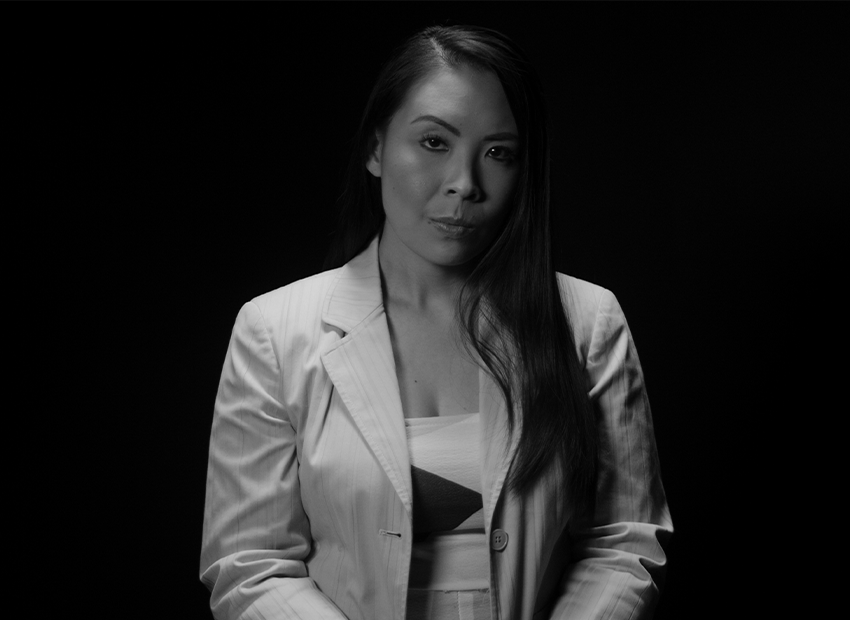
Bipolar and related disorders are issues associated with the brain that can manifest as significant changes in one's mood, energy, and ability to function. These disorders are noted for causing intense emotional states that can be limited or occur only during distinct periods of time. The times these changes occur are often referred to as mood episodes, and they can include manic or hypomanic moods or depressive moods. Outside of these episodes, one can also experience neutral moods.
Throughout this course, you will be introduced to a series of individuals, each displaying symptoms that are indicative of specific Bipolar and Related Disorders as outlined in the DSM-5-TR. By watching interactive video patient simulations, you will have the opportunity to observe and analyze the behaviors and symptoms of each client and apply the diagnostic criteria to make an accurate diagnosis.
Meet Your Caseload

Nia Stanton
Nia was a confident, happy woman, but she had been struggling with occasional mood changes. One night, she was overcome by one of these mood fluctuations and decided to go on an unscheduled cross-country road trip for no conceivable reason.

Bill Fuentes
Bill was a high-achieving, well-liked young man before he went away to college and began experiencing extreme mood changes. He would fluctuate from hyper to depressed and back again, and he soon noticed it was happening more regularly.

Katrina On
Katrina was a steady, dependable young woman up until a few years ago. She was popular and a high achiever, but most of all, she was balanced and tended to avoid drama. She began having mood fluctuations a few years ago, which ranged from moderately depressed to a happier, more hyper mood at other times.